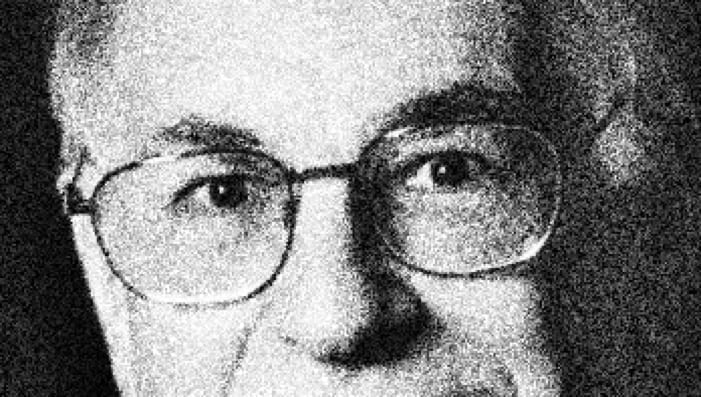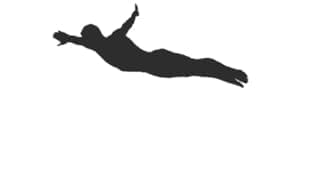Some things, you know right away. Other things take a little longer. For best results, think both fast and slow. Here’s how.
Blink.
Malcolm Gladwell argues in his book, Blink, that you usually know what you know — in the blink of an eye. And then you spend a lot of time and energy trying to talk yourself in or out of what you already know. This is the heart of intuition. And intuition is good. Use it as an effective tool in your box of tools.
But hang on a minute.
There is also a part of your brain that wants to be satisfied that you’ve really taken a good look at things before you commit. And this is the part of your brain that is not so much intuitive but rather analytical. And thank goodness for that side of the brain, too.
Think fast and slow.
Some of you are more in the camp of the intuitive. Others of you will be more of the “Hang on just a cotton picking minute” kind of thinkers. But there is a place where the best thinking happens. And it’s this: it’s when you think both fast and slow. As Daniel Kahneman argues in his book, Thinking Fast and Slow, the best thinking happens when we use both of these approaches to thinking. Blink! and you have a good sense of things. Wait! and you go a bit deeper. Kahneman won the Pulitzer prize for his book on thinking, and this approach is worth listening to.
So please do this.
Please use the next 7 minutes to watch this brief talk by Daniel Kahneman about how to think fast and slow. And then come right back for today’s takeaway.
Ask yourself.
What could you change in the way you currently think — to take advantage of both fast and slow thinking?
Read more.
More like this?
Would you like some help with your thinking? I can help you.
I'm here to help you focus, overcome resistance, and get moving again.

